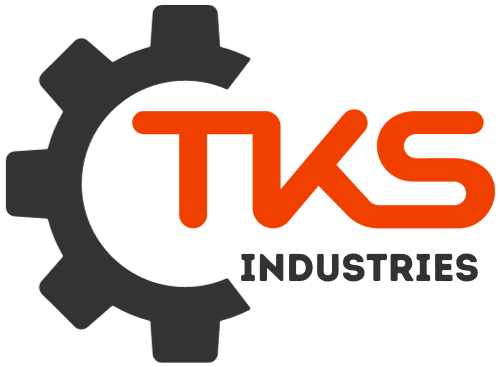[ad_1]
The Ultimate Guide to Injection Molding Machines in India
Injection molding is a versatile and widely used manufacturing process for producing high-volume parts from various thermoplastics. Its applications are vast, spanning from everyday consumer goods to complex automotive components. The Indian manufacturing landscape is rapidly embracing injection molding, leading to a surge in demand for high-quality machines. This guide will delve into the complexities of injection molding machines in India, covering everything from types and features to key manufacturers and price considerations.
Types of Injection Molding Machines:
- Hydraulic Machines: These machines leverage hydraulic pressure to inject molten plastic into the mold. They offer high clamping force and are widely used for large-scale production of robust parts.
- Electric Machines: Electric injection molding machines use electric motors to control the injection and clamping processes. They are known for their precise control, energy efficiency, and noise reduction.
- Hybrid Machines: Combining elements of both hydraulic and electric systems, hybrid machines offer a balance of power, precision, and energy efficiency.
Key Features to Consider:
- Clamping Force: This crucial factor determines the amount of pressure applied to hold the mold closed during injection.
- Injection Volume: Measured in cubic centimeters, this determines the amount of plastic that can be injected per shot.
- Barrel and Screw Diameter: These dimensions influence the heating and melt flow capabilities of the machine.
- Injection Speed and Pressure: Controlled parameters that affect the quality and appearance of the molded part.
- Mold Protection System: Features like mold temperature control and safety interlocks ensure longevity and safety.
Leading Injection Molding Machine Manufacturers in India:
- Plastic Machinery India: Renowned for its wide range of hydraulic and electric machines.
- Accuride India: Offers high-performance machines focusing on precision and automation.
- Batliboi: A well-established company providing a comprehensive range of plastics processing equipment.
- Primes: A prominent manufacturer of custom-designed injection molding machines.
Price Considerations:
The cost of an injection molding machine varies significantly depending on factors like size, features, and brand. Entry-level models can start around INR 10 lakhs, while high-end machines may exceed INR 1 crore.
Tips for Choosing the Right Machine:
- Analyze your production needs: Determine the type of parts you need to manufacture, required volume, and material specifications.
- Set a realistic budget:
Consider the initial investment along with operational costs like energy consumption and maintenance.
- Seek expert advice: Consult with experienced professionals or machine suppliers to get tailored recommendations.
- Focus on reliability and support: Choose a machine from a reputable manufacturer with strong after-sales support and service networks.
Conclusion:
Injection molding machines represent a cornerstone of modern manufacturing in India. By understanding the different types, features, and price considerations, manufacturers can make informed decisions and invest in the right equipment to drive their success.
[ad_2]
